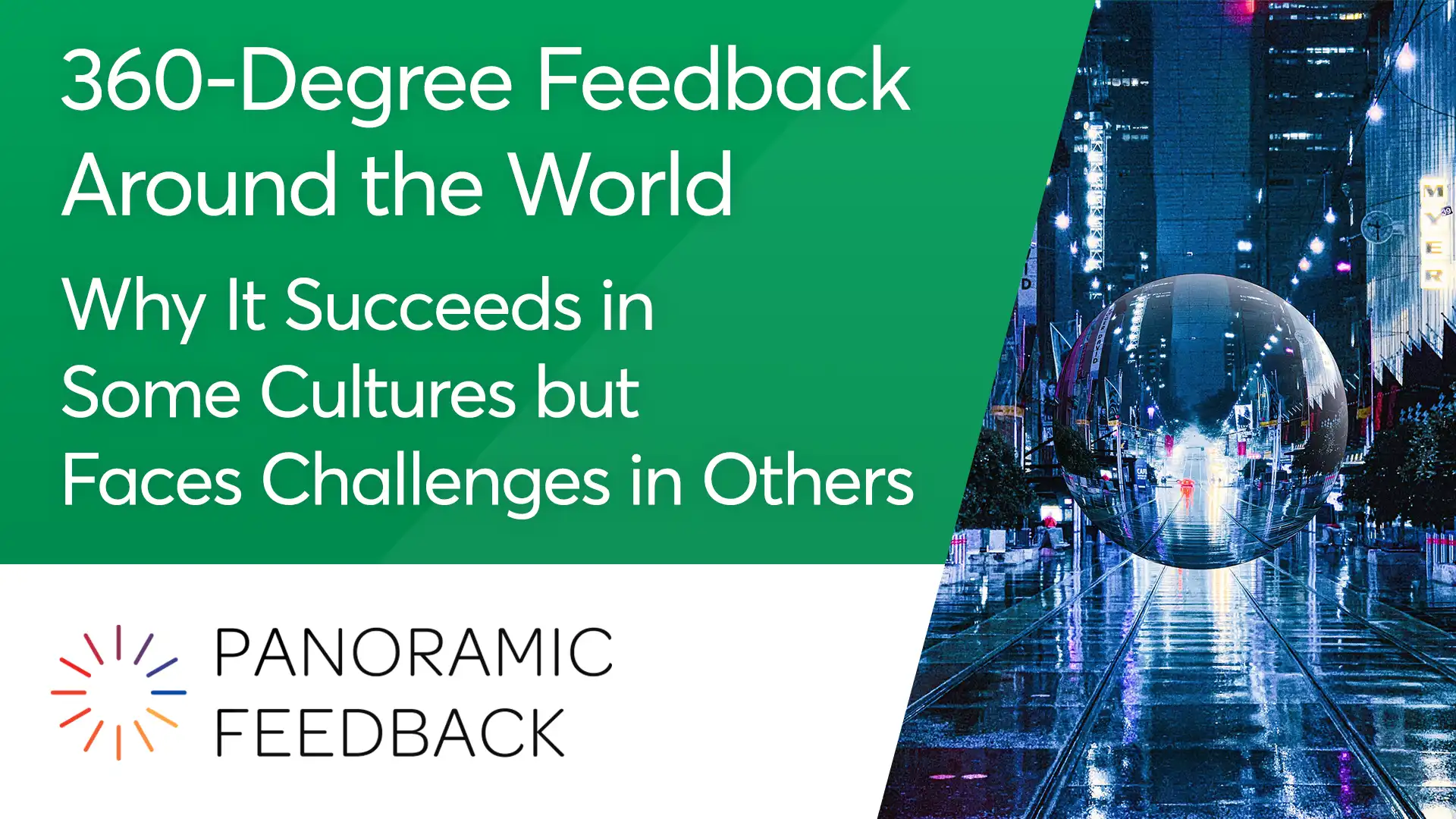360-degree feedback is widely used for professional development and performance evaluation, with over 85% of Fortune 500 companies adopting it — demonstrating its broad acceptance and effectiveness. However, its impact isn’t one-size-fits-all. Cultural factors like power distance and perceptions of hierarchy, feedback, and individual vs. collective responsibility shape how it’s adopted worldwide.
Low Power Distance Cultures: A Natural Fit for 360-Degree Feedback
In countries with low power distance and high assertiveness, such as the United States and Canada, employees are accustomed to giving and receiving direct feedback, making 360-degree feedback an effective development tool. In these societies, power is more evenly distributed, allowing employees to question authority, share input, and participate in decision-making. These cultures prioritize equality, teamwork, and consensus-driven decision-making.
Key Characteristics:
- Flat organizational structures – Leaders are approachable, and hierarchies are less rigid. Open dialogue between employees and management is encouraged.
- Open communication – Employees feel safe giving feedback to managers and peers without fear of negative consequences. Work environments are informal, and employees are expected to voice their opinions.
- Collaboration over authority – Decision-making is collective rather than dictated by top executives. Leaders act as facilitators rather than authoritative figures.
- Merit-based leadership – Promotions and leadership roles are awarded based on skills and performance rather than status.
Impact on 360-Degree Feedback:
Low power distance cultures readily embrace 360-degree feedback, as employees feel comfortable evaluating both managers and peers without fear of repercussions. These characteristics make 360-degree feedback a natural fit, as employees are more likely to engage in honest, constructive discussions about performance.
High Power Distance Cultures: 360-Degree Feedback Challenges
Cultures with high power distance and collectivist values, such as Japan and China, tend to prioritize hierarchy, respect for authority, and group harmony over individual expression. In these societies, power is concentrated at the top, and subordinates are less likely to challenge or provide feedback to their superiors—or even peers—openly. Decision-making is centralized, and loyalty to the group (family, company, or nation) is highly valued. In these environments, feedback is often indirect and softened to avoid conflict or the loss of face.
Key Characteristics:
- Strong respect for hierarchy – Leaders hold significant authority and are rarely questioned.
- Obedience and deference to authority – Employees expect clear directives from superiors rather than engaging in collaborative discussions.
- Group harmony over individual opinions – Open disagreement, particularly with authority figures, is discouraged.
- Loyalty to in-groups – Family, workplace, or social groups are prioritized over individual goals.
Impact on 360-Degree Feedback:
In high power distance cultures, employees often hesitate to openly critique managers or peers. Feedback tends to be indirect or softened to avoid conflict, and change is typically driven by senior leaders rather than employees. Additionally, fear of repercussions discourages open and honest feedback.
Adapting 360-Degree Feedback for Different Cultures
To make 360-degree feedback effective across diverse cultural contexts, organizations should tailor their approach to align with local norms and expectations. Here are some key strategies:
- Emphasize anonymity – In high power distance cultures, ensure that feedback remains confidential to encourage honesty.
- Present 360-degree feedback as a development tool – Focusing on professional growth rather than evaluation reduces resistance.
- Leverage group feedback sessions – In collectivist cultures, conducting feedback in a group setting can reduce discomfort and foster shared learning.
- Adapt delivery to cultural norms – In cultures that prioritize harmony, presenting feedback in group settings minimizes direct confrontation.
- Secure leadership endorsement – Active support from senior leaders reinforces the process’s value.
- Provide coaching and follow-ups – Guidance helps employees interpret and apply feedback effectively.
Final Words On Why 360-Degree Feedback Succeeds in Some Cultures but Faces Challenges in Others
360-degree feedback is a powerful tool for growth, but its true potential is unlocked when it’s aligned with cultural norms. In cultures that embrace open communication and flat hierarchies, like Canada, the U.S., and Scandinavia, it thrives. However, in high power distance and collectivist cultures, a tailored approach is essential to foster genuine participation. By embracing these cultural nuances, organizations can unlock the full impact of 360-degree feedback, driving growth and development across diverse global teams.


